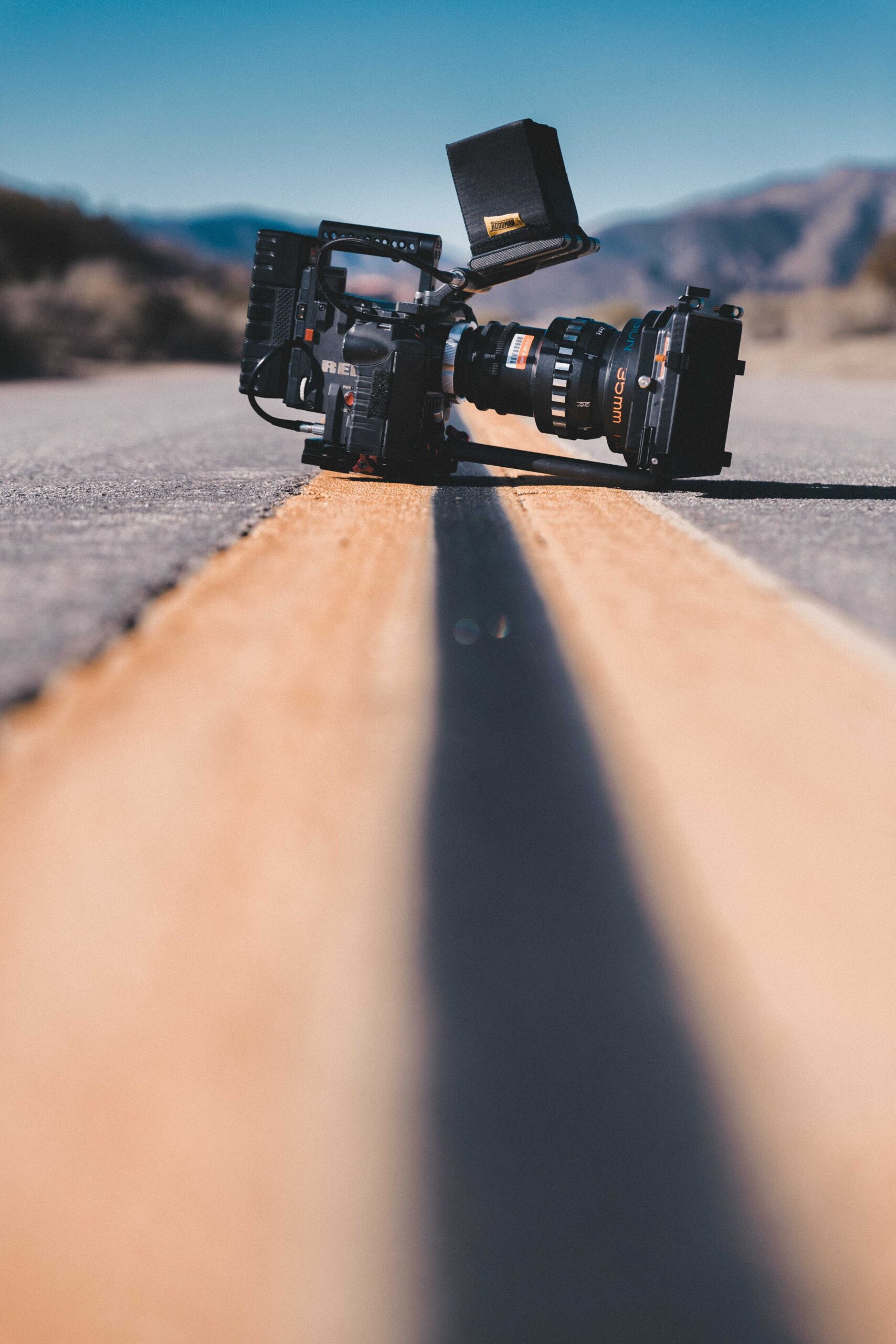
How To Use Camera Shutter Count To Your Advantage When Buying A Used Camera
When buying a used camera, there are many factors to consider. One crucial aspect that often gets overlooked is the camera shutter count. The shutter count refers to the number of times the camera’s shutter has been activated and can give you valuable insights into its overall condition and usage history. In this blog post, we will explore how you can change the camera shutter count to your advantage when purchasing a used camera.
Understanding Shutter Count:

The first step in utilizing the shutter count is understanding what it means. Whenever you take a photo with your digital camera, the mechanical or electronic curtain opens briefly to expose the image sensor before closing again. This action constitutes one actuation or “click” of the shutter mechanism.
Each click adds up towards reaching an eventual limit set by manufacturers for their cameras’ shutters – typically around 100,000-300,000 clicks depending on brand and model (though some professional-grade cameras boast much higher limits). Once this limit is reached, either through wear-and-tear or simply age-related issues like lubricant drying out over time, repairs become necessary as parts may start failing, to cause malfunctions such as inaccurate exposure readings due to misalignment between lens elements caused by worn-out mechanisms, etc…
Using Shutter Count When Buying Used Cameras:

Now that we understand what precisely a camera’s shutter count represents let us delve into how we can leverage this information while purchasing pre-owned equipment.
1) Determine Camera Usage: By checking a used camera’s estimated lifetime expectancy based on manufacturer specifications coupled with its current recorded actuation (shutter counts), potential buyers gain insight into previous owners’ shooting habits – whether they were casual enthusiasts who only occasionally snapped photos at family gatherings versus professionals regularly using their gear under demanding conditions where durability matters most!
2) Assessing Condition: A low shutter count indicates minimal usage, which generally translates into better overall condition since less wear and tear has occurred. Conversely, a high shutter count suggests heavy use, which may increase the chances of mechanical failures or other issues.
3) Negotiating Price: With knowledge about a camera’s shutter count, you can negotiate better prices when buying used equipment. A camera with a higher shutter count might be priced lower due to potential repair costs in the future. In contrast, one with quiet actuation could justify paying more for its pristine condition and longer expected lifespan.
Additional Considerations:
While the camera’s shutter count is essential when purchasing used gear, it should not be the sole determining factor. Other aspects such as physical appearance (scratches, dents), functionality tests (checking buttons and controls), lens quality (any scratches or fungus growth), and sensor cleanliness are equally crucial considerations before making your final decision.
Conclusion:
The camera provides valuable insights into its overall condition and usage history when buying pre-owned equipment. By understanding what this metric represents and how it impacts durability, buyers can make informed decisions regarding their purchases – whether they prioritize longevity over immediate cost savings or vice versa! So next time you’re considering investing in a used camera, don’t forget to check that all-important number – it just might save you from future headaches!








